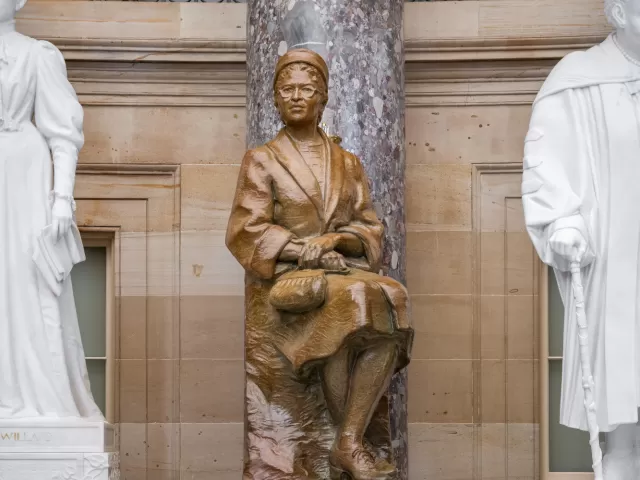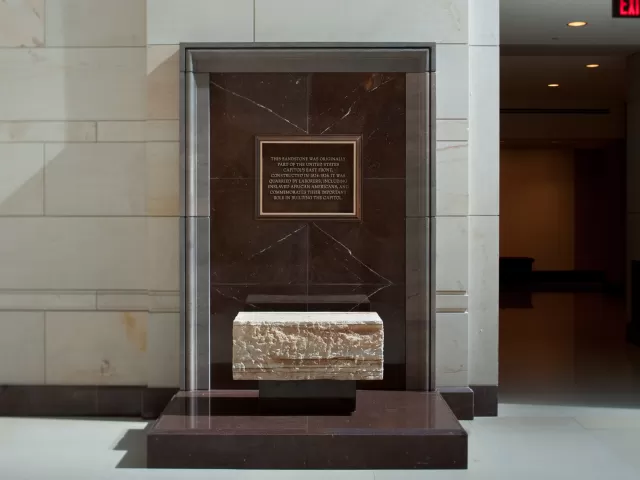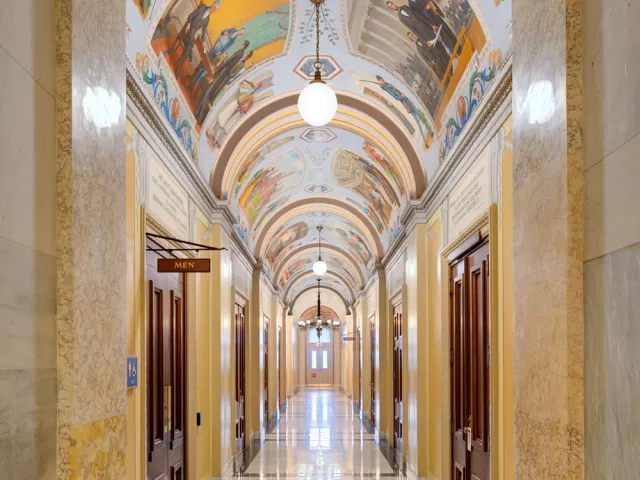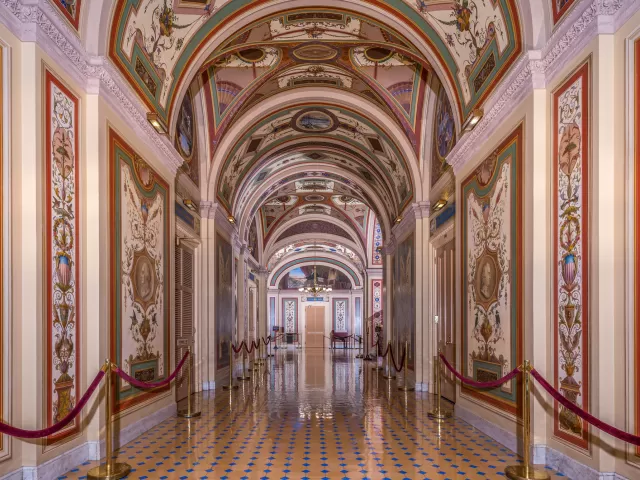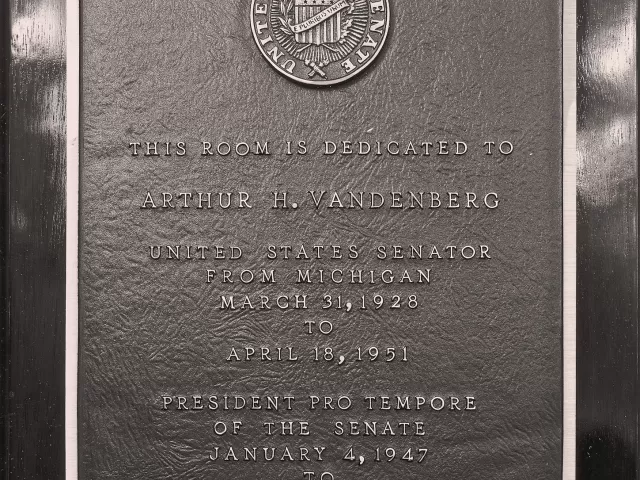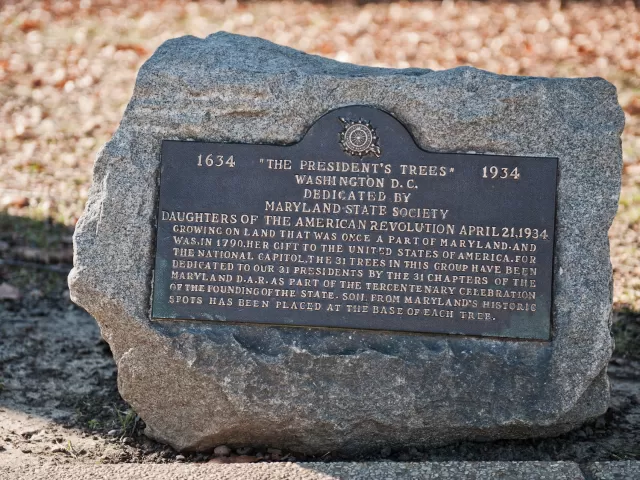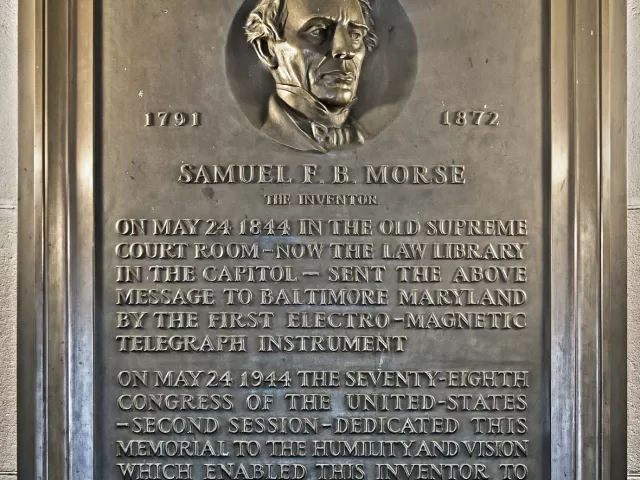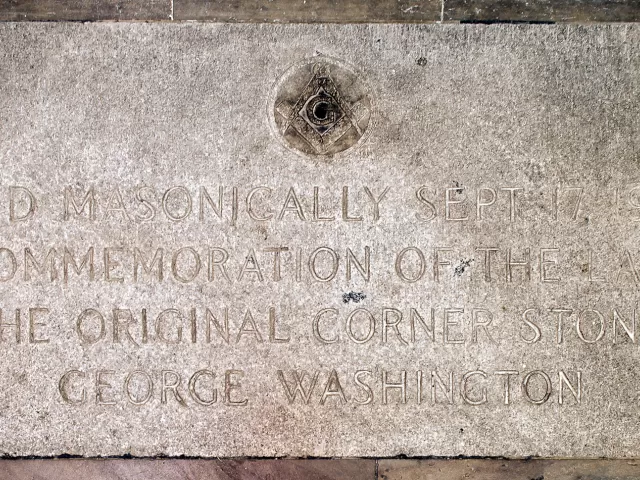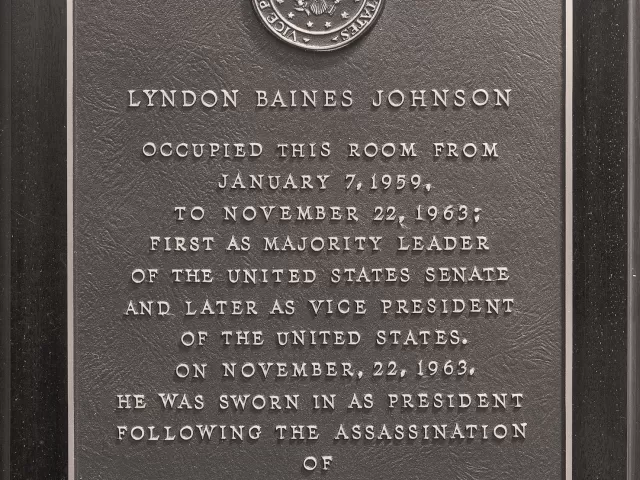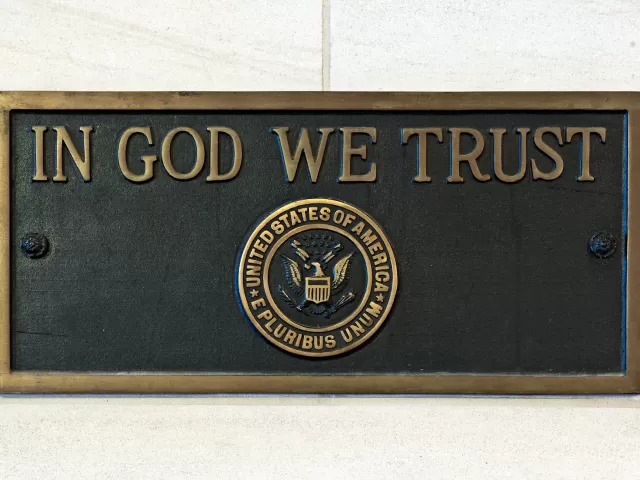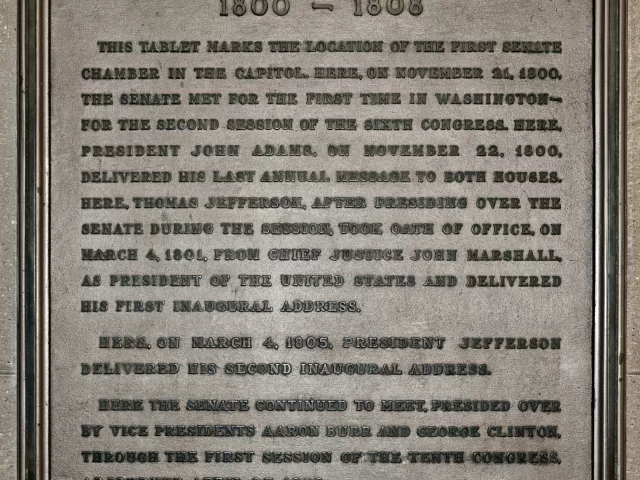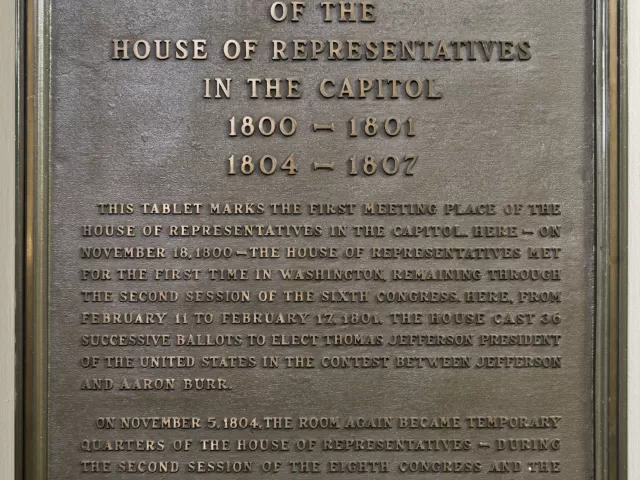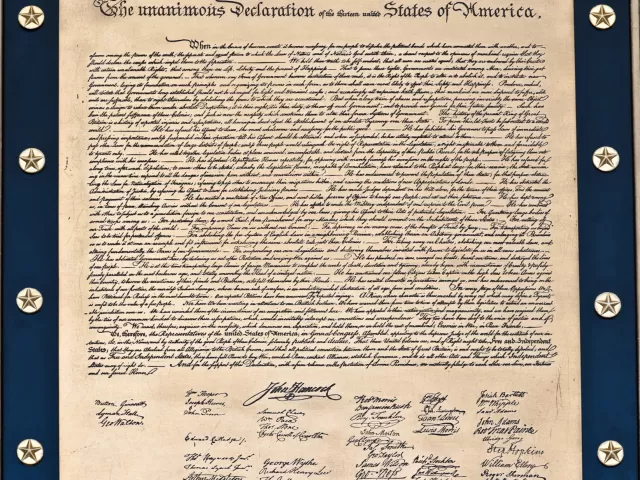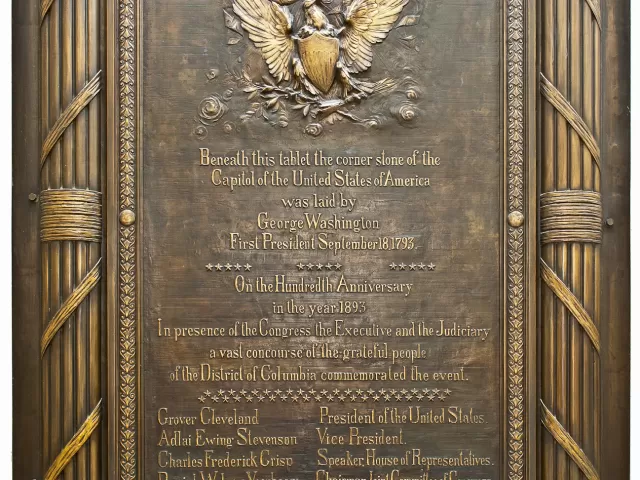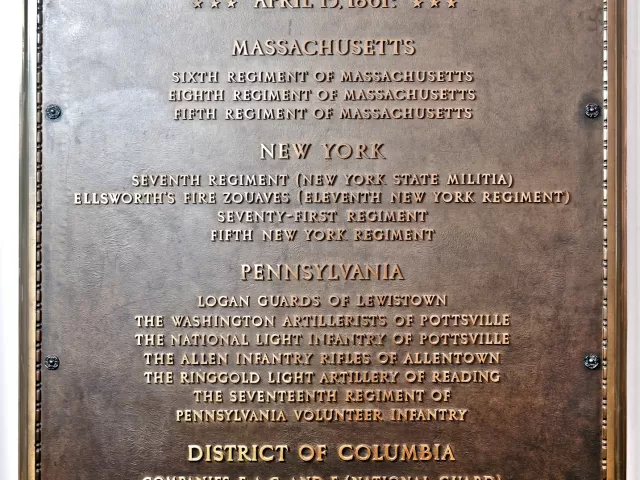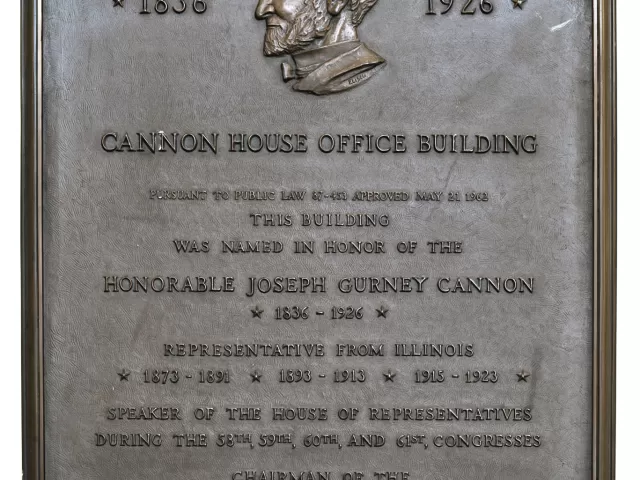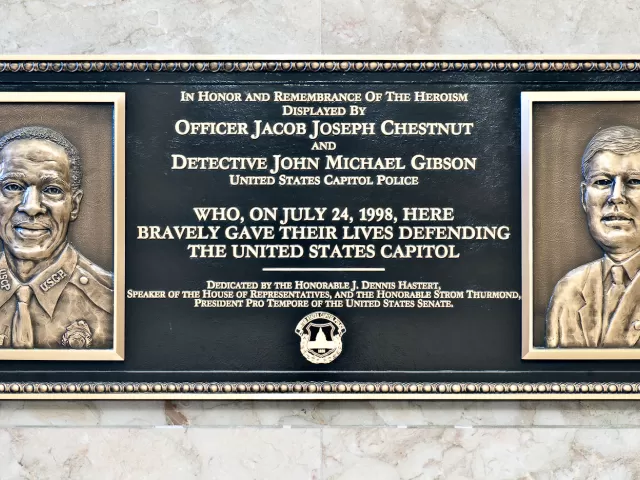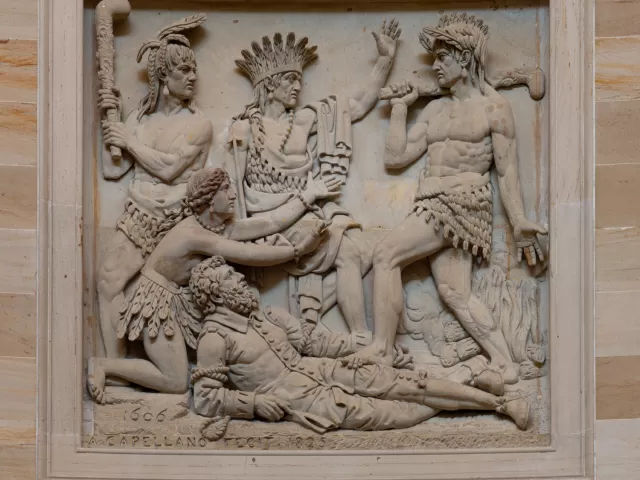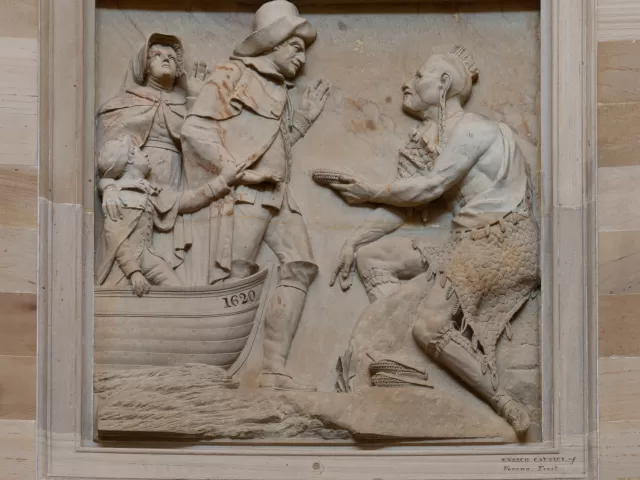Displaying 301 - 330 of 537 Clear
Basic page
The Superintendent of the Library of Congress Buildings and Grounds, under the direction of the Architect of the Capitol, is responsible for the day-to-day structural, mechanical, electrical and vertical transportation care of the Library of Congress Buildings and Grounds. This includes the
Basic page
When accessing the Senate Work Request Application, you will be asked to login to the with your unique User ID and Password. Once logged in, your personal inbox displays all requests you have entered with the status of each request. From your Inbox you can: Review details of a work request Click on
Highlight
Rosa Parks' statue was unveiled in National Statuary Hall of the United States Capitol, approximately 100 years after her birth on February 4, 1913. This statue depicts Parks seated on a rock-like formation of which she seems almost a part, symbolizing her famous refusal to give up her bus seat in
Basic page
Statues are currently located in National Statuary Hall, the Capitol Visitor Center, the Crypt, the Hall of Columns, the Rotunda and various areas throughout the House and Senate wings of the Capitol. This list sorts the statues by their location in the U.S. Capitol building.
Highlight
On Tuesday, February 28, 2012, Congress unveiled a marker to commemorate the important role played by laborers, including enslaved African Americans, in building the United States Capitol. Their contributions were essential for the constructing what would later become known as the Temple of Liberty.
Basic page
For site management, the following usage information is collected for statistical purposes about your visit to AOC.gov: the name of the Internet domain from which you access AOC.gov and the date and time that you access the site. If you choose to provide us with personal information in an e-mail
Basic page
When any of the AOC's images are used in print or electronic publications, the photographic credit line should read "Architect of the Capitol." If an image requires additional use permission, a note to that effect appears on the relevant download page. These images may not be used in any way that
Highlight
Designed by renowned artist Allyn Cox (1896-1982), three corridors on the first floor of the U.S. Capitol's House wing are elaborately decorated with wall and ceiling murals that include historical scenes, portraits and maps related to the development and growth of the United States.
Highlight
The first floor of the U.S. Capitol's Senate wing is elaborately decorated with these wall and ceiling murals.
Basic page
Employees on Capitol Hill can contact their Architect of the Capitol jurisdiction's office to submit service requests using the information below.
Highlight
Dedicated by Maryland State Society Daughters of the American Revolution April 21, 1934.
Highlight
On May 24, 1844, in the Old Supreme Court Room, a message was sent by the first electro-magnetic telegraph instrument.
Highlight
This plaque was a gift of the District of Columbia, placed during George Washington Bicentennial in 1932 at the Capitol Plaza fountain terrace.
Highlight
Plaque commemorating the location of the original Library of Congress in the United States Capitol.
Highlight
This tablet marks the first meeting place of the House of Representatives in the Capitol.
Highlight
This plaque identifies specific troops quartered in the United States Capitol during the 1800s.
Highlight
Memorial plaque honoring two members of the U.S. Capitol Police who died in the line of duty.
Highlight
Above each of the four Rotunda doors in the U.S. Capitol are scenes from the history of the American Colonies carved in relief into the sandstone walls. The three sculptors who decorated the Rotunda were employed during the rebuilding of the Capitol after the fire of 1814. Between the historic
Highlight
Above each of the four Rotunda doors in the U.S. Capitol are scenes from the history of the American Colonies carved in relief into the sandstone walls. The three sculptors who decorated the Rotunda were employed during the rebuilding of the Capitol after the fire of 1814. Between the historic

